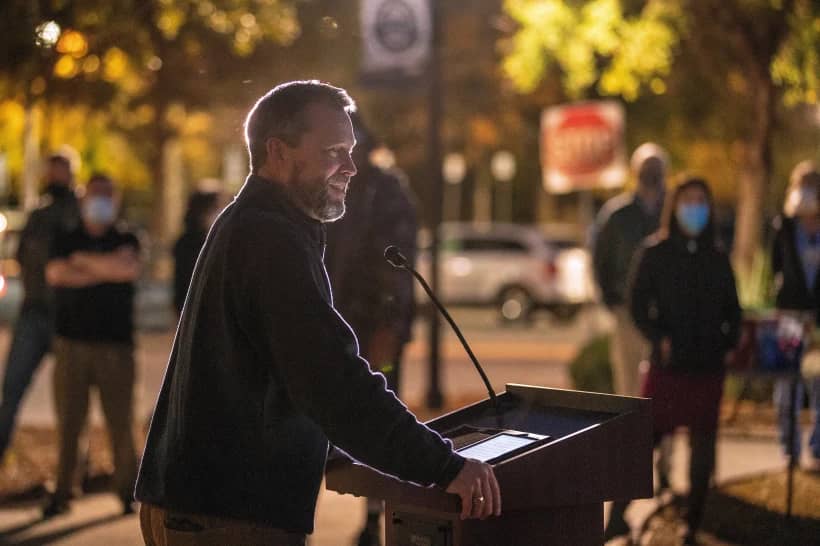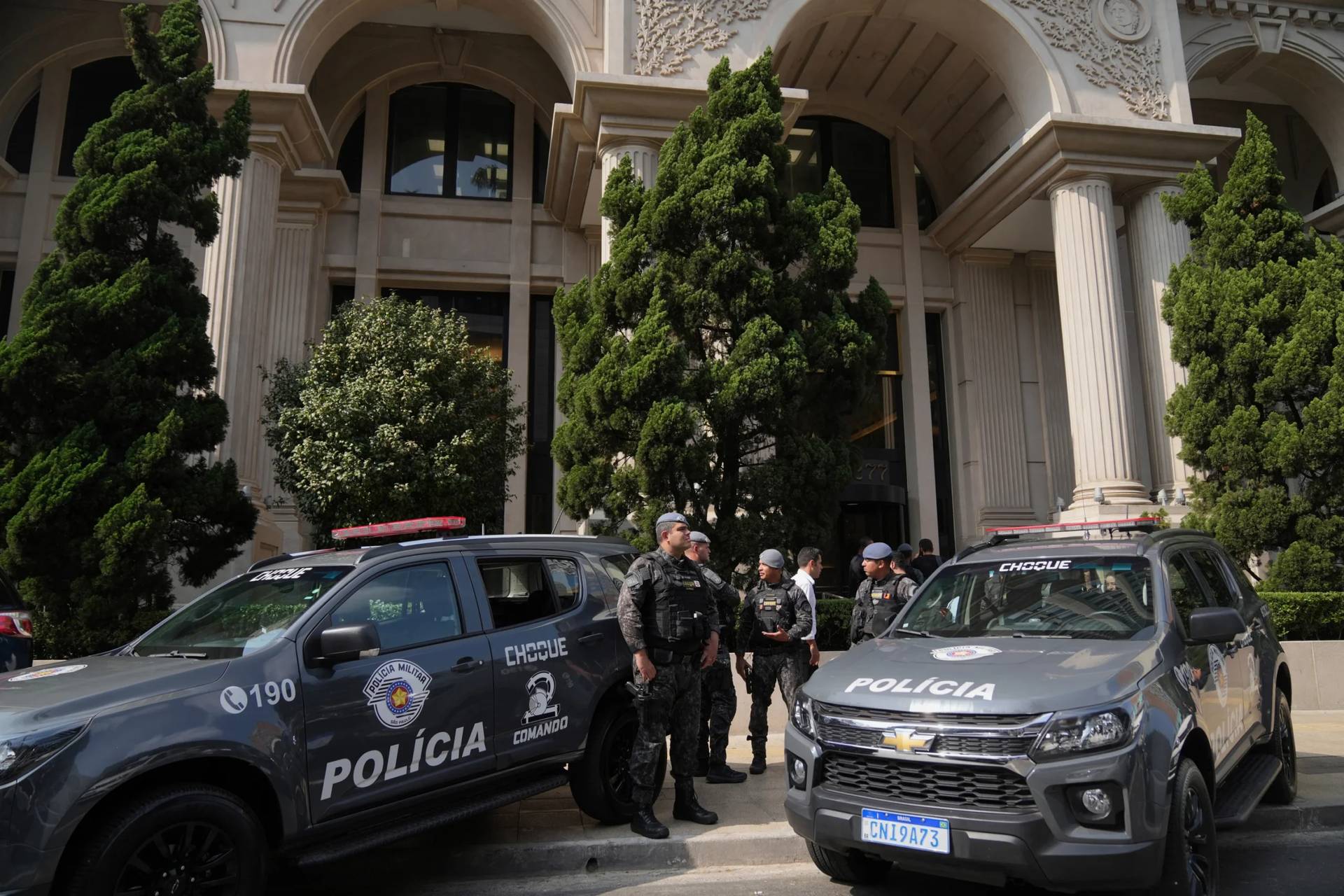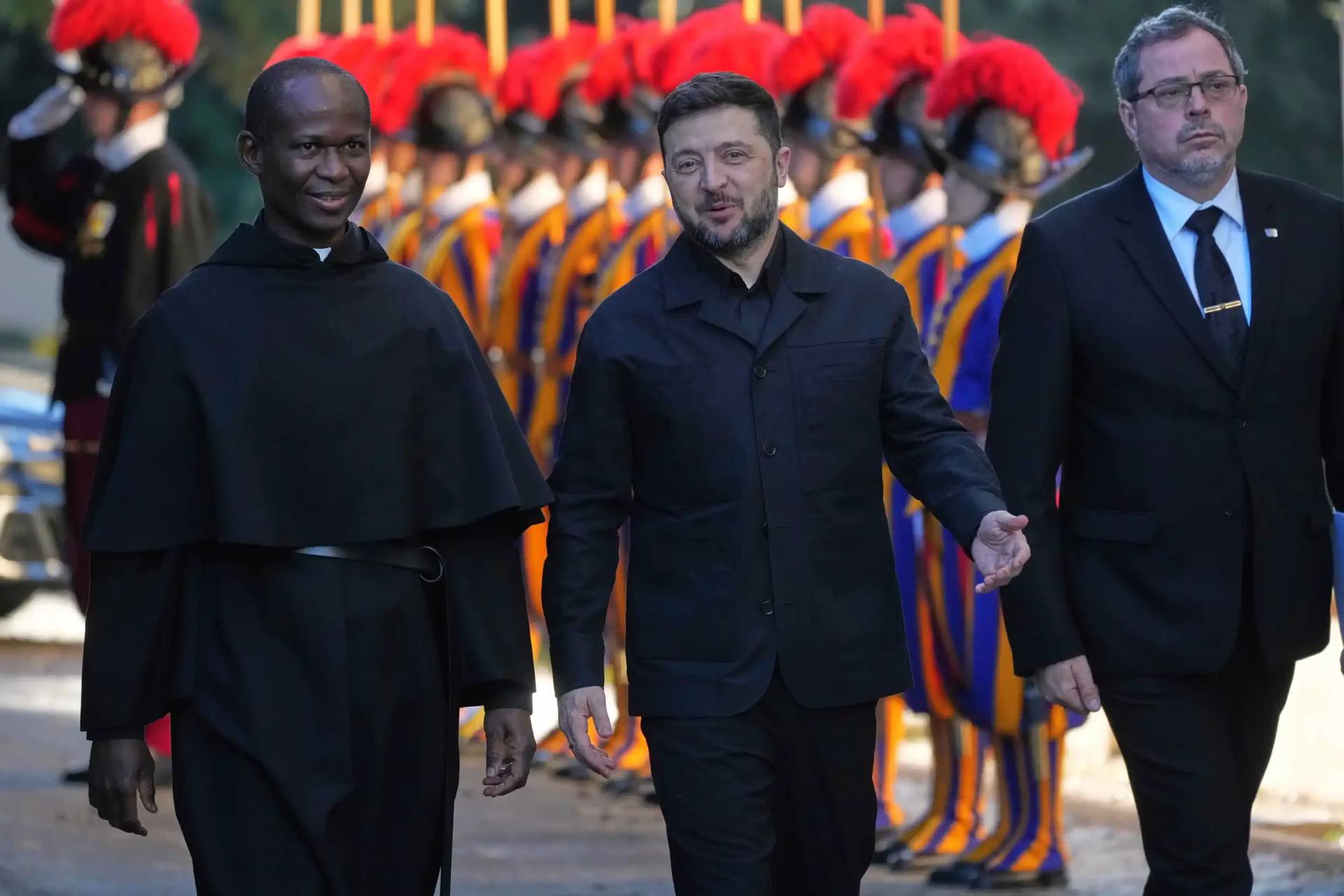ROME – A new “super dicastery” on evangelization might be one of the most significant reforms of the governing structures of the Vatican, according to a new report.
Spanish journalist Dario Menor Torres, writing for the weekly Vida Nueva, reveals several elements of the new Vatican constitution that has been in development for years.
The biggest novelty in the document, called Praedicate Evangelium [“Preach the Gospel”], will be the creation of the “super dicastery” for evangelization, which will potentially be more important than the Congregation for the Doctrine of the Faith (CDF), often called “The Supreme Congregation.”
Having its roots in the Roman Inquisition, the doctrinal office is the oldest among the congregations of the Roman Curia, and insiders still call it the Holy Office, as it’s tasked with promulgating and defending Catholic doctrine and defending the Church from heresy.
Today, in addition to defending doctrine, it is also tasked with judging priests who’ve been accused of sexually abusing minors, with 17 officials dedicated almost exclusively to this task.
Another of the novelties in the new constitution is that the curia will no longer be divided into “congregations” and the less prestigious “pontifical councils;” instead all autonomous Vatican departments will be called “dicasteries,” which has already been applied to several new bodies established by Pope Francis.
The new “super dicastery” for evangelization will result from the merging of two already existing bodies: The Congregation for the Evangelization of Peoples, also known as Propaganda Fidei, that is tasked with overseeing “missionary territories;” and the Pontifical Council for the Promotion of the New Evangelization, that was created in 2010 by Pope emeritus Benedict XVI to confront the rapid secularization of Western countries.
Menor’s report is based on interviews he conducted with Indian Cardinal Oswald Gracias and Honduran Cardinal Oscar Rodriguez Maradiaga, both members of the pope’s Council of Cardinal Advisers, which was established at the beginning of Francis’s pontificate to help reform the Curia.
“Pope Francis always underlines that the Church is missionary,” Maradiaga told Vida Nueva. “For this reason, it’s logical that we put in the first place the dicastery for Evangelization and not the one for the Doctrine of the Faith.”
“This way, the pope sends a significant signal of the reform to the entire People of God,” the cardinal said.
Gracias agreed.
“The main point of the new Apostolic Constitution is that the mission of the Church is evangelization,” the Indian cardinal told Vida Nueva. “It puts it at the center of the Church and everything the Curia does. It will be the first dicastery. The name of the text shows that evangelization is the principal objective, ahead of anything else.”
Crux had exclusive access to the article before this week’s edition reaches subscribers on Saturday.
According to the report from Vida Nueva, Francis could sign the new constitution on June 29, the Solemnity of Peter and Paul. Conforming to what Gracias told Crux earlier this month, the draft of Praedicate Evangelium was sent to the world’s bishops’ conferences, heads of the Vatican’s dicasteries and other Church officials to review the document and send suggestions by the end of May.
The plan is to compile all the suggestions, make the necessary modifications, and for the Council of Cardinals Advisers to review it again during their June 25-27 meeting.
RELATED: New Vatican constitution will resist centralization in Rome, drafter says
Beyond the mega-Dicastery for Evangelization, the constitution reportedly also stipulates the creation of a Dicastery for Charity and the merger of the Congregation for Catholic Education and the Pontifical Council for Culture.
In addition, the Pontifical Commission for the Protection of Minors, created by Francis to assist him in formulating measures the global Church can make to prevent and combat clerical sexual abuse, will become a part of the curial structure to make it “more effective.”
Menor writes that Praedicate Evangelium places the Curia at the service of both the pope and the college of bishops.
“As successors of the apostles, the bishops don’t have an ecclesiological position that puts them below those who work in the Roman Curia,” Maradiaga said. Hence, once the constitution is approved, a bishop from any diocese, no matter how small, will have the same hierarchical power as the prefect of a Vatican dicastery.
Once the text is approved – which will be on a 25-year “trial period” – the Vatican dicasteries will no longer be instruments for the pope to supervise local churches, but will actually be there to serve bishops from around the world. They will no longer be a “body” in between the pontiff and the college of bishops, but an institution that serves both.
The new dicastery for charity, that will absorb what today is known as the Office of the Papal Almoner, will come right after the Secretary of State and the Dicastery for Evangelization, as a reminder that charity is also a key element of the Catholic faith. This office will “feed” from the donations the pope receives and also by tapping into the Vatican’s central bank, the Administration of the Patrimony of the Apostolic See, or APSA. (A separate institution, the Institute for the Works of Religion, is often called the Vatican bank, but mostly serves religious orders and institutions.)
All these reforms are a continuation of changes already implemented, like the merging of the Vatican’s media offices into the Dicastery for Communications; and the merger of most of the pontifical councils into two mega-structures: The Dicastery for Laity, Family and Life and the Dicastery for Integral Human Development.
According to Maradiaga, Praedicate Evangelium can give back to the faithful the hope that Francis’s pontificate had generated at its start.
“It offers to the people of God a new and brave perspective of reform in the spirt of Francis,” he said, adding that the constitution takes a lot from the Argentine pontiff’s first major texts, such as Evangelii Gaudium, Laudato Si’, and Amoris Laetitia.
“I’m personally satisfied with the result,” Gracias told Vida Nueva. “It won’t only be a cosmetic change but it will be the impetus for a change of mentality that is already underway.”
















